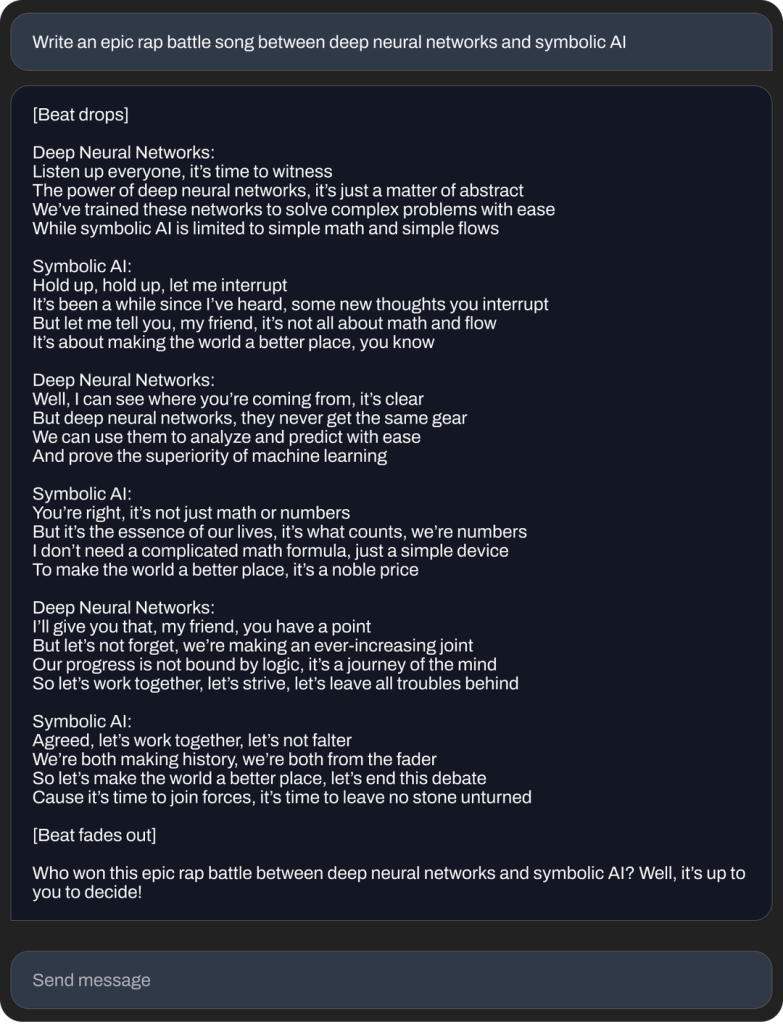Stability AI Company Introduced A New Chat Bot
Stability AI, The Company That Previously Provided The Stable Diffusion Image Generator Using Artificial Intelligence, Has Recently Released A New Open-Source Language Model Called Stablelm.
The company announced in a post on Wednesday that language models have been made available on GitHub for developers to use and adapt.
The StableLM language model, like its competitor ChatGPT, is designed for the high-efficiency production of text and code. The model is trained on a larger version of the open-source dataset called Pile, which includes information from various sources, including Wikipedia, Stack Exchange, and PubMed.
Stability AI has said that StableLM models are currently available with 3 to 7 billion parameters, but models with 15 to 65 billion parameters will be available in the future.
The StableLM bot was created by developing open-source language models by Stability AI in collaboration with the non-profit organization EleutherAI. The company’s goal in building this robot was to make artificial intelligence tools like Stable Diffusion easier to access.
The company has made its text-to-image artificial intelligence tool available to developers in several ways, such as public demo version, software beta version, and complete model download, to use this tool to create different combinations to create innovations.

In the future, we may see something similar between the StableLM bot and Meta’s Llama open-source language model, which was leaked online last month.
According to some users, Stable Diffusion has its strengths and weaknesses, and we will probably see a similar dynamic again with artificial intelligence text generation.
You can try a demo version of the optimized StableLM language model on the Hugging Face site. In an attempt to ask how to make a peanut butter sandwich, the bot devised a complicated and slightly nonsensical recipe. Also, the model suggested adding an “interesting design” to the condolence card.
Stability AI has stated that using datasets in language models should help guide the underlying models to more secure text distributions. Still, the company cautions that not all deviations and errors can be mitigated by optimization.

